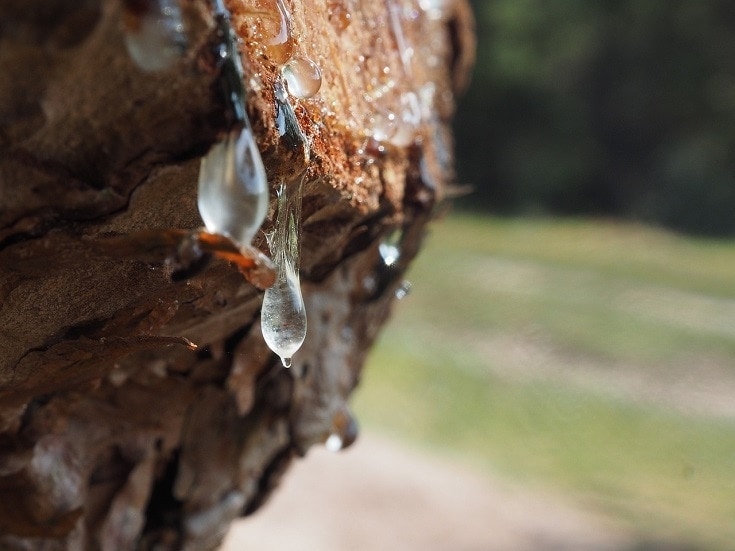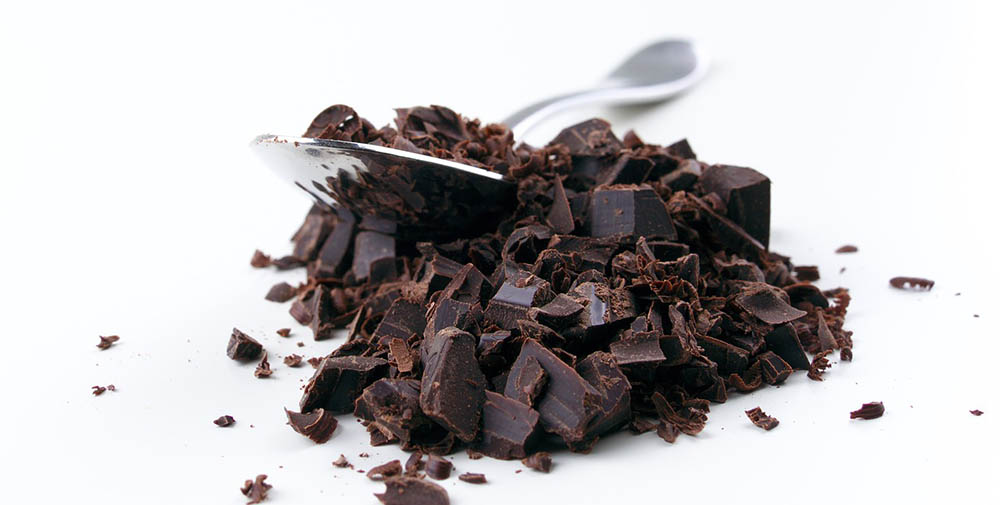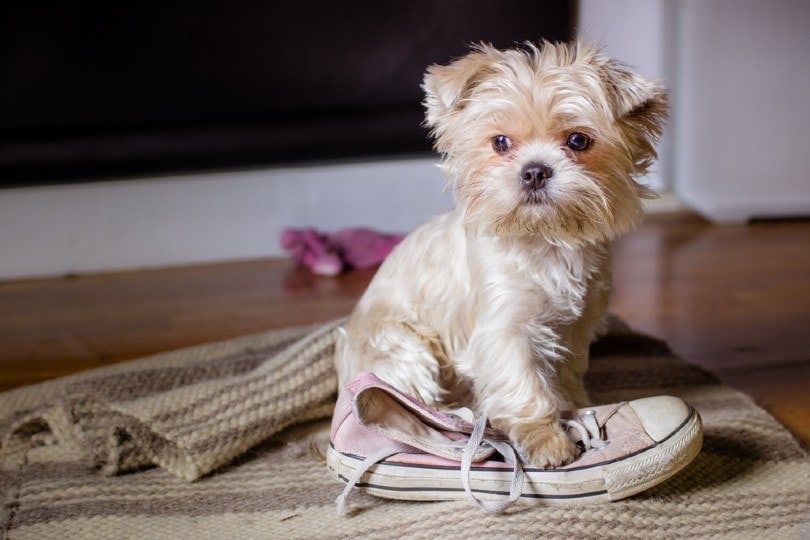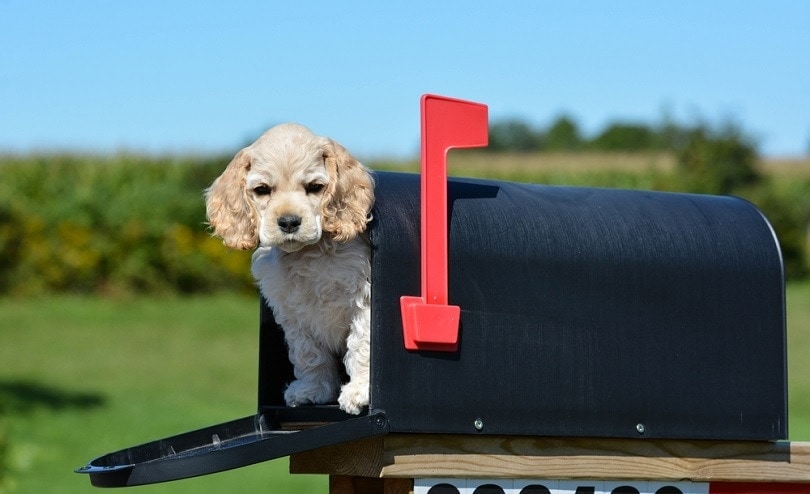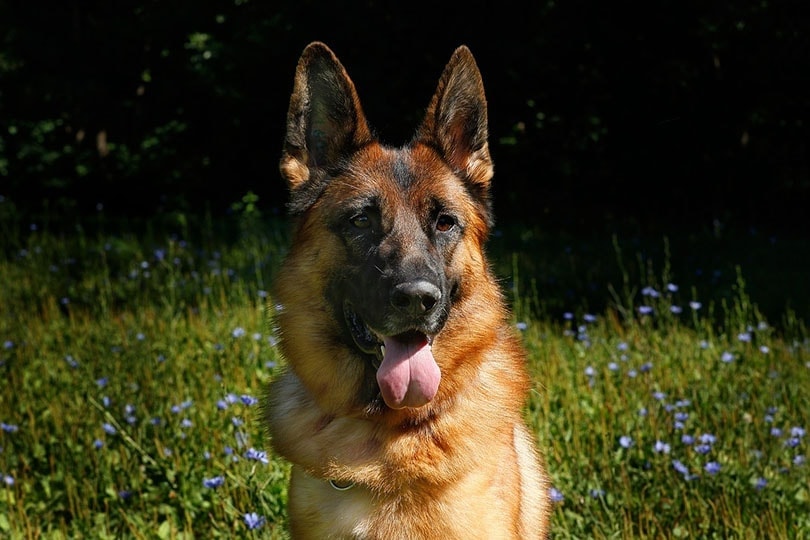Tree sap can be a pain to remove from your dog’s fur. It’s incredibly sticky, making it stick perfectly to all your dog’s fur. Furthermore, tree sap can stick to other things like rocks and pine sap, bringing them into your dog’s fur as well. The extra stickiness makes tree sap nearly impossible to remove, though.
Luckily, it can be done with the right process and household items. While this sticky stuff can be overwhelming, follow these simple steps to remove it from your dog’s coat easily. Here’s how to get sap out of dog hair quickly:
The 8 Steps to Get Tree Sap Out of Dog Hair:
1. Soften the Sap
If the sap has become hard, you’ll have to loosen it back into a semi-liquid gel. To soften it, you can use a hairdryer on the lowest setting. Of course, you do not want to burn your pup. Keep the hairdryer on a warm setting and test it on your hand before you direct the air towards your puppy’s sappy fur.
Also, be sure to keep the hairdryer at a decent distance away from your pup to ensure that they don’t get burned by the hot air. Check the sap regularly until it is back into a sticky, putty-like state.
It may seem counterintuitive to make the sap liquid again before attempting to remove it. However, hardened sap can only be removed by cutting your dog’s fur, which is probably not something you want to do. Loosening it allows it to be removed through other means.
2. Use an Oil

Next, you’ll need to apply an oil to the sap and your pet’s surrounding fur. You likely have some oil lying around your kitchen. You can use olive oil, mineral oil, or even peanut butter. Vegetable oil works as well. Any cooking oil should work just fine.
Once you have the appropriate oil at hand, massage it into the sappy parts of the fur. You’ll want to work it into the sap as much as possible while also not spreading the sap further. Luckily, since your hands will be covered in oil, your hands should not get sap stuck on them as well.
You should put oil on the sap itself, as well as the surrounding fur. The sap can spread, so it is typically better to be safe rather than sorry at this point.
Once the oil is as massaged into your pet’s fur as much as possible, let it sit for a few minutes. Try to discourage your dog from licking it. Now is the right time to break out that yummy bone if you have one. Most cooking oils are safe for dogs to lick. However, if your dog licks off all the oil, there may not be enough to remove the sap. Distract your dog as much as possible.
3. Work the Sap Out
Now that the oil has penetrated the sap as much as it’s going to, it’s time for the hard part – actually working the sap out of your dog’s fur. You should do this with both your fingers and a wide-toothed comb. Be careful not just to pull your dog’s hair out, as this will leave a bald spot and likely not be very nice for your canine.
Instead, you want to pick at the sap to break it up. Once it has been broken up, it is much easier to remove. As you remove sap, add more oil to penetrate pieces of sap that have yet to be touched. If the sap piece is substantial, we recommend adding more oil and allowing it to sit for a bit longer again. You may have to repeat this process multiple times during the removal process.
4. Don’t Be Afraid to Pull Out the Scissors
Even after following all the above steps, there will still probably be a few pieces that are stubborn and refuse to be removed. In these cases, don’t be afraid to pull out the scissors and cut out the sap pieces as necessary.
Preferably, you don’t want to do this too much, as it can leave bald spots. A few little clips here and there will likely not be noticeable, though.
Avoid cutting too close to the skin, as you don’t want to clip your dog’s skin and cause sores accidentally.
It is vital to keep in mind that some breeds should never have their hair cut, as it can mess with their temperature regulation and cause all sorts of problems. Even if they have stubborn sap spots, you should remove them through a brigade of oil and gentle brushing, not scissors. This includes breeds like the Siberian Husky.
5. Give Your Pooch a Bath
Now that the sap has been removed (or at least mostly removed), you need to get all the oils out of your pet’s fur. Even if you feel like most of the oils were removed through the brushing process, you must bathe your pooch anyway. There may be lingering oils near your pet’s skin, which can cause irritation and skin problems if left.
You can use whatever pet soap you have on hand for this step, though some pet soaps work better than others. For instance, we recommend the HyLyt Hypoallergenic Shampoo, as it is incredibly gentle on your pet’s skin. Even if your pet doesn’t usually have sensitive skin, they might after you just rubbed oils on their skin and messed with their coat.
For this reason, use a sensitive shampoo if you have one.
Wash your pet like you usually would. You may need to shampoo the area where the oil was applied multiple times to remove the oil altogether. It depends on the amount of oil you used. You may find a few pieces of sap while washing. If you do, you’ll need to remove your dog from the bath and remove it using the same method we just discussed.
6. Give Paws Extra Attention
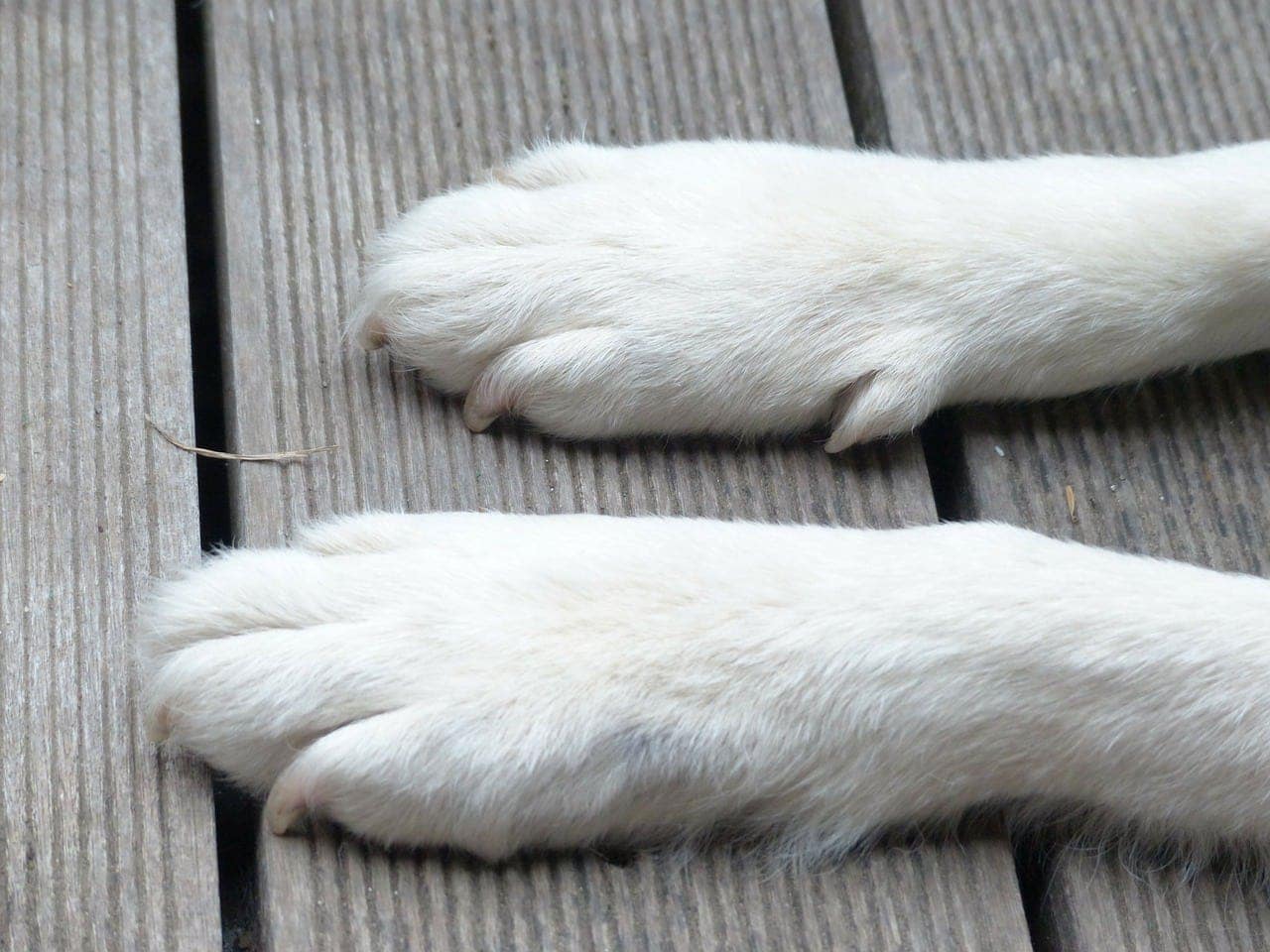
If your canine has stepped into any sap, their paws will need extra attention. Paws come into contact with more debris that can get stuck to the sap, causing discomfort and even small sores. You’ll want to loosen sap on the paws in the same way you’ve previously loosened the sap. Then, you should remove the oil and sap together using a shampoo.
If there are stubborn pieces of sap, or the spa has lodged itself into small areas between the paw pads, you may want to make an appointment with your breeder. Trimming fur in these areas is difficult, if not impossible. It can be exceedingly hard to remove sap from in between your pet’s paws. Sometimes, it is simply better to make an emergency appointment with your groomer and have them snip it off.
Trimming the fur on your dog’s paws is not as complicated as trimming chunks of fur elsewhere, as the fur on their paws doesn’t help regulate their temperature. Furthermore, trimming your dog’s fur on their paws can be helpful, as it helps them get more traction.
7. Beware of Toxic Saps
Most saps are safe for your pet to consume. They only pose a problem when they stick to your pet’s fur, sucking in other debris, potentially causing sores. Therefore, you will need to remove it, but you don’t have to be worried about your canine eating or licking the sap.
However, some types of sap can be toxic. It depends on the tree. Usually, when your dog has consumed toxic sap, they will experience symptoms like nausea, vomiting, weakness, and skin irritation. If you notice these symptoms, you should give your vet a call. Reactions are typically minor, but more severe reactions can happen. Usually, when they do, they happen very quickly. It is best to be already working with your vet before the symptoms potentially become worse.
Most saps are only toxic when consumed. This usually happens when the dog attempts to remove the sticky substance from its fur. It is usually easy to avoid problems in this case by distracting your dog while you remove the sap. However, some saps can cause toxic reactions when they come into contact with the skin. Reactions are much more difficult to avoid in this situation, and the time it takes you to remove the sap becomes much more critical.
8. Examine Your Pet’s Coat
It is very easy to miss bits of sap in your pet’s coat when you’re cleaning it the first time, primarily if you’ve used a lot of oil. When you’re washing your pet, you may notice a few bits and pieces you didn’t get. However, even if you pay meticulous attention, it is easy to miss a few spots.
For this reason, you should continue to examine your pet’s coat even after you’ve cleaned it “completely.” There could be a few more pieces of sap towards the skin, which may work their way up over the next few days.
Furthermore, you will also need to keep an eye on your pet’s skin to ensure that they aren’t having any reactions to the sap.
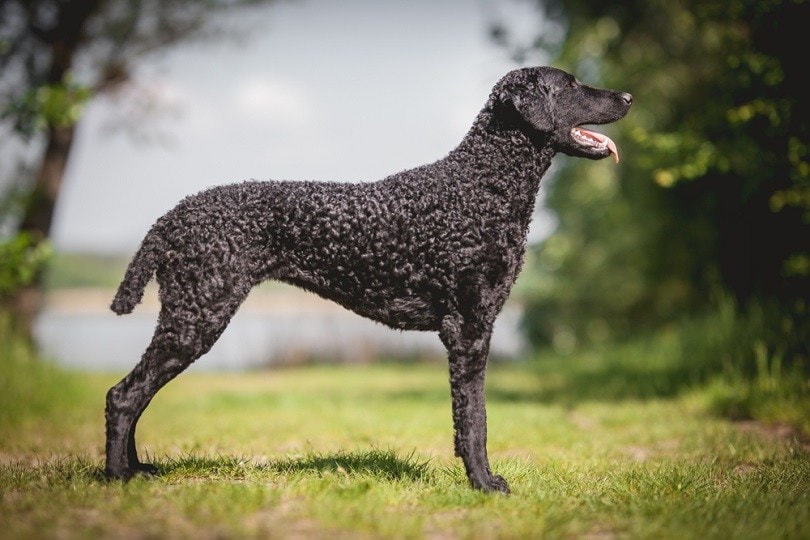
Featured Image Credit: NickWindsor, Pixabay
